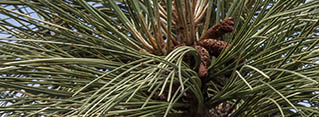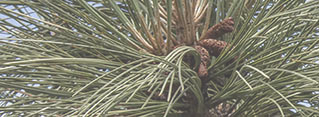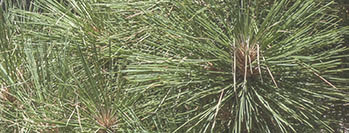Coastal Maritime Chaparral

Coastal Maritme Chaparral: Carmel Mountain Preserve Interpretive Panel 2015
Much of California is vegetated by chaparral, drought tolerant shrubs. Southern maritime chaparral is adapted to the coastal fog belt of San Diego and Orange Counties. Southern maritime chaparral and the related plant community, coastal sage scrub, support many rare and endangered species, including the California gnat catcher, coast white lilac, Del Mar aster, Orcutt’s spineflower, Nutall’s scrub oak and Torrey pines. Suburban development has destroyed over 90% of southern maritime chaparral. Diana Gordon, Isabel Kay and Lisa Ross took a leadership role in forming the Carmel Mountain Conservancy with the intention of preserving one of the last undeveloped areas of coastal maritime chaparral and several vernal pools.
While most people speak of saving Carmel Mountain, Isabel Kay begins her telling of the struggle with, "we lost it." She explains that there weren't supposed to be any houses above the ridge. Not all of the area was owned by Pardee, which benefited with a land swap to build in another area. The area was so small to begin with that she wondered if there was enough land left to be biologically significant. Paleolithic sites had been destroyed. And building on the mesa top potentially created a harmful edge effect for insects and other migrating animals.
What will become of this area or ones like it in the coming years? Wildlife corridors have been planned from Carmel Mountain to the east and west. But many animals won't use the passageways under freeways. The deer in Torrey Pines State Park are already isolated by Interstate 5 from Carmel Mountain and points east.
Studies indicate that by 2100 much of the coastal habitat may not be suitable for the vegetation that currently grow there. Not only might endemic species, like Ceanothus verrucosus, coast white lilac, not survive, but also species now common throughout the area, like woodrats, may be threatened.





